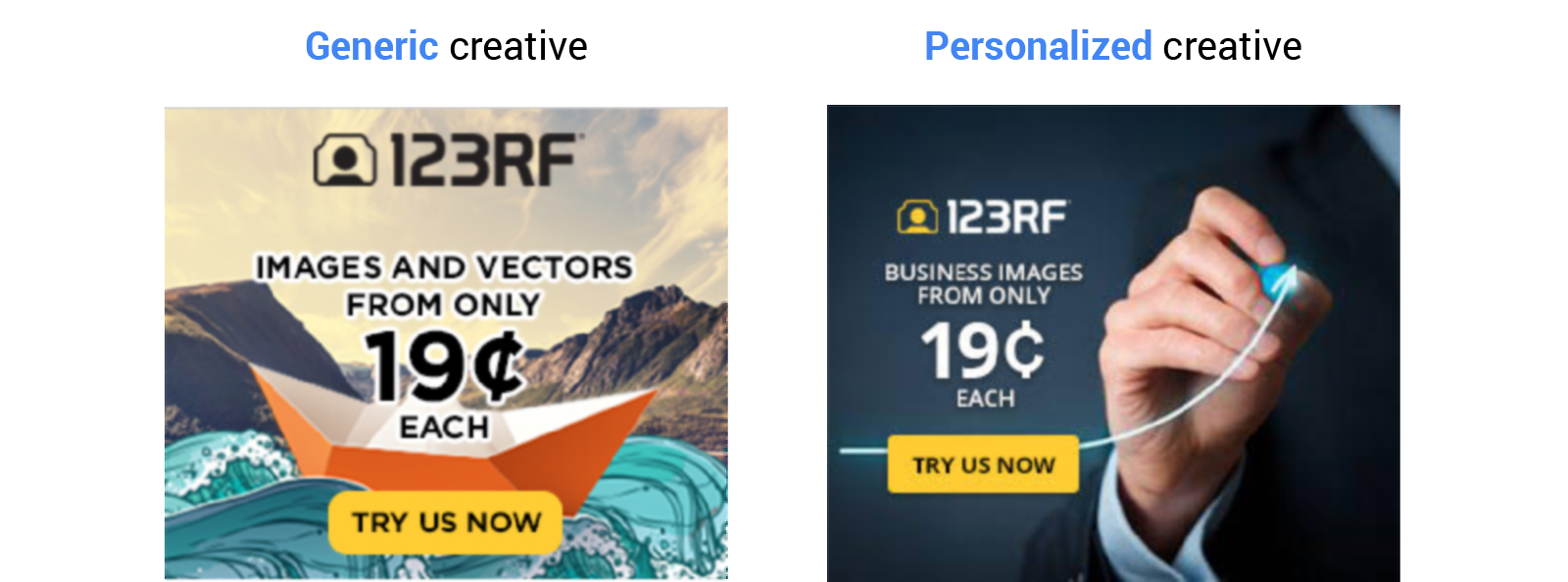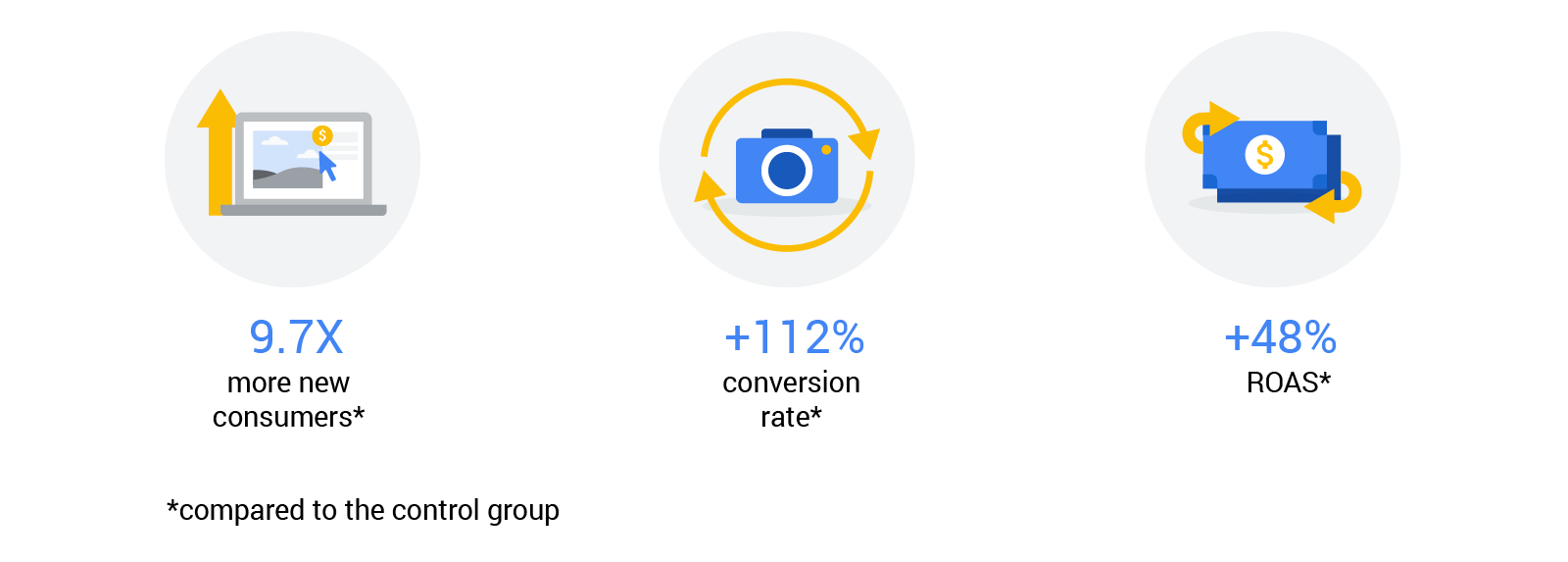Thanks to digital, consumers have countless opportunities to connect with new brands — and winning their attention takes a tailored approach. Here, 123RF's Angelina Lee shares how her team found a new way to reengage lapsed site users by diving into first-party data.
Making the most of the data at your fingertips is key to developing more timely, personalized, and effective digital campaigns. But learning how to make sense of existing data takes time, practice, and upfront investment. While we were apprehensive about taking the first step forward, we decided to push past these concerns to figure out how to be more helpful for consumers online.
My team at 123RF knew it was natural for people to browse images on the site without buying, so we decided to explore whether we could inspire more purchases with tailored ads. Here’s how we surfaced insights from first-party data and found a new way to connect with the right consumers.
Understand and engage your key audience
To kick things off, we used Google Analytics 360 to explore which images people in the U.S., 123RF’s largest market, were most keen on. From photos of teams brainstorming to executives pondering new ideas, business images were clearly one of the most popular categories. So, we pulled image data from Tag Manager to Google Analytics 360 to gauge site visitors’ level of interest.
We broke down the business-image audience into two groups to reconnect with lapsed site visitors: people who made a purchase after viewing the photos and people who dropped off without buying. By exporting the latter audience list to Display & Video 360, we were able to focus on reengaging people who were more likely to make a purchase the second time around.
We made sure to limit the number of times people saw our ads and stopped serving ads once they bought a photo — after all, an off-the-mark delivery can sour even the most compelling creative. After running campaigns featuring business images for 30 days, we compared performance to the generic ads that were served to every site visitor.

We were thrilled to see that the personalized ads helped the brand connect with 1.7X more new consumers. But with an 80% increase in cost per acquisition (CPA), we knew we had to keep refining our tests to make the most of our budget.
Optimize your experiments to surface new insights
We expanded the test to markets where our data showed historically lower CPAs for 123RF: Australia, New Zealand, and the United Kingdom. Staying true to our experimental mindset, we also set up an A/B test to answer another question: Would featuring a collection of images in a single ad rather than just one impact performance?

By running multi-image ads in additional countries, 123RF won 29% more consumers and brought its CPA down from 80% to just 9%. And compared to generic campaigns, these ads lifted key metrics like conversion rate and return on ad spend (ROAS) — all while helping the brand connect with 9.7X more new consumers.
123RF personalized campaign results

Test, learn, and test again with first-party data
Now that we know how to spark more impactful campaigns with consumer insights, 123RF’s marketing team plans to develop more personalized ads for people interested in other popular evergreen categories like beauty, health, and nature. We’re also exploring how first-party data can help build more meaningful, long-term connections with our most valuable audiences.
Considering how overcoming first-party data challenges is a long-term journey, fostering and embracing a data-driven culture is essential to staying competitive. And while committing to setting up the right tools and technology comes with risks, we’ve seen firsthand just how much taking the plunge can pay off — and we’re excited to see how our teams will develop and deliver more personalized experiences with data.







